Tom's Guide Verdict
Uncharted 4: A Thief's End completes the franchise on a high note that series fans will remember for a long time to come.
Pros
- +
Refined, enjoyable game play
- +
Satisfying, intelligent story
- +
Beautiful graphics and sound
- +
Fitting end to the Uncharted series
Cons
- -
Multiplayer may not be deep enough for the long-term
Why you can trust Tom's Guide
Unlike most movies, video games tend to get better with each sequel. Uncharted: Drake's Fortune was an enjoyable action/adventure romp, but it wasn't until Uncharted 2: Among Thieves that Nathan Drake and his adventuring companions started to come into their own. By Uncharted 3: Drake's Deception, developer Naughty Dog was able to tell a story about love, loyalty and loss — a far cry from Nate's first, carefree romp.
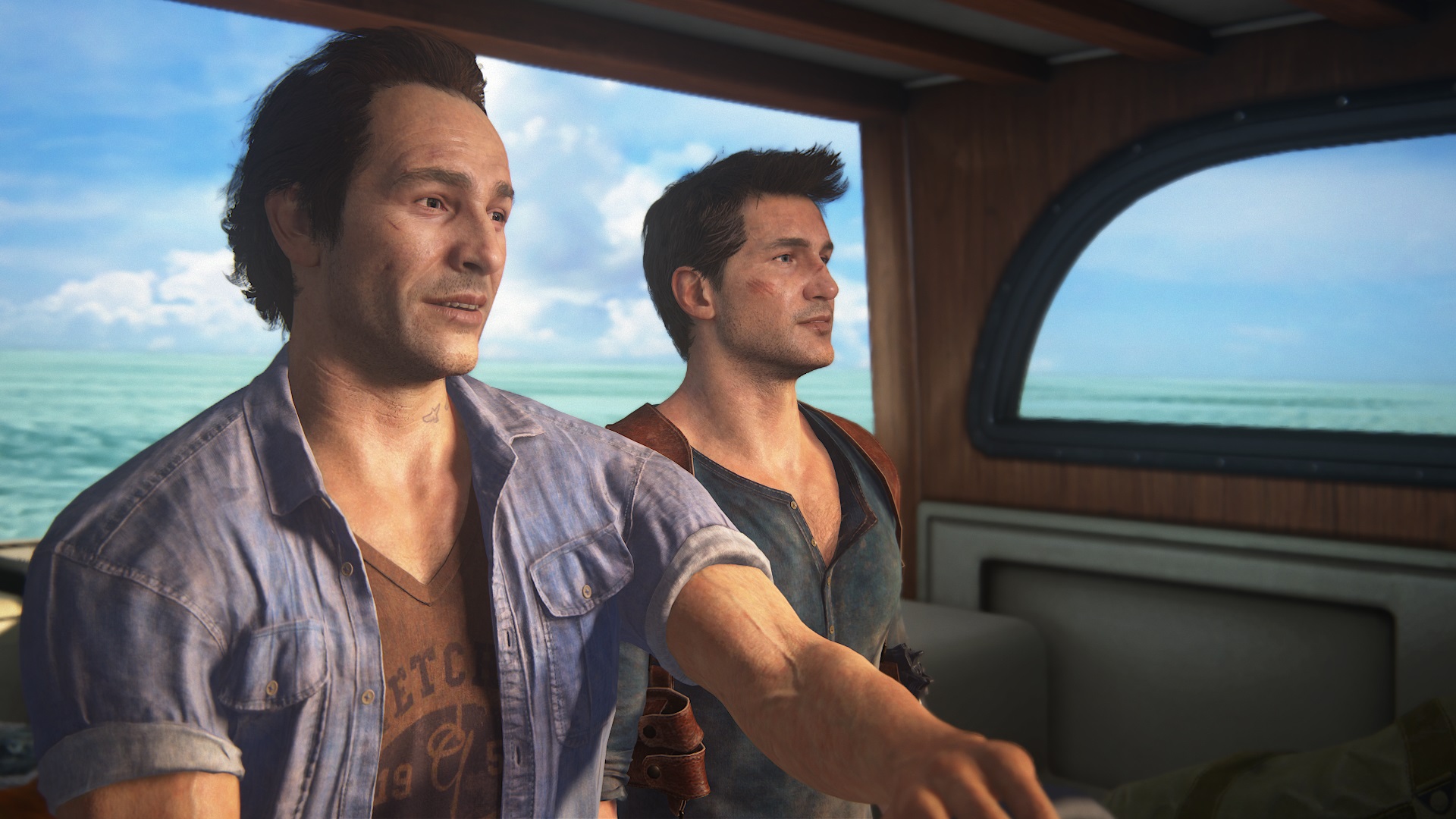
Uncharted 4: A Thief's End follows the franchise's arc to its natural conclusion, and showcases Nate and his friends (and enemies) in an adventure that's much darker than the previous installments. At the same time, it's also much funnier, much more heartfelt and much more action-packed. The stage is set, and the pieces are all in place on a chessboard nine years in the making. With tight platforming, varied gunplay, devious puzzles and ambitious vehicle sections, it's no surprise that Uncharted 4 is fun to play, or that the creative story and fully realized characters go hand in hand.
Where Uncharted 4 truly excels, though, is that it's a final installment that feels definitive. Rather than let the series run out of steam, Naughty Dog chose to end on a high note, and it's one that series fans will remember for a long time to come.
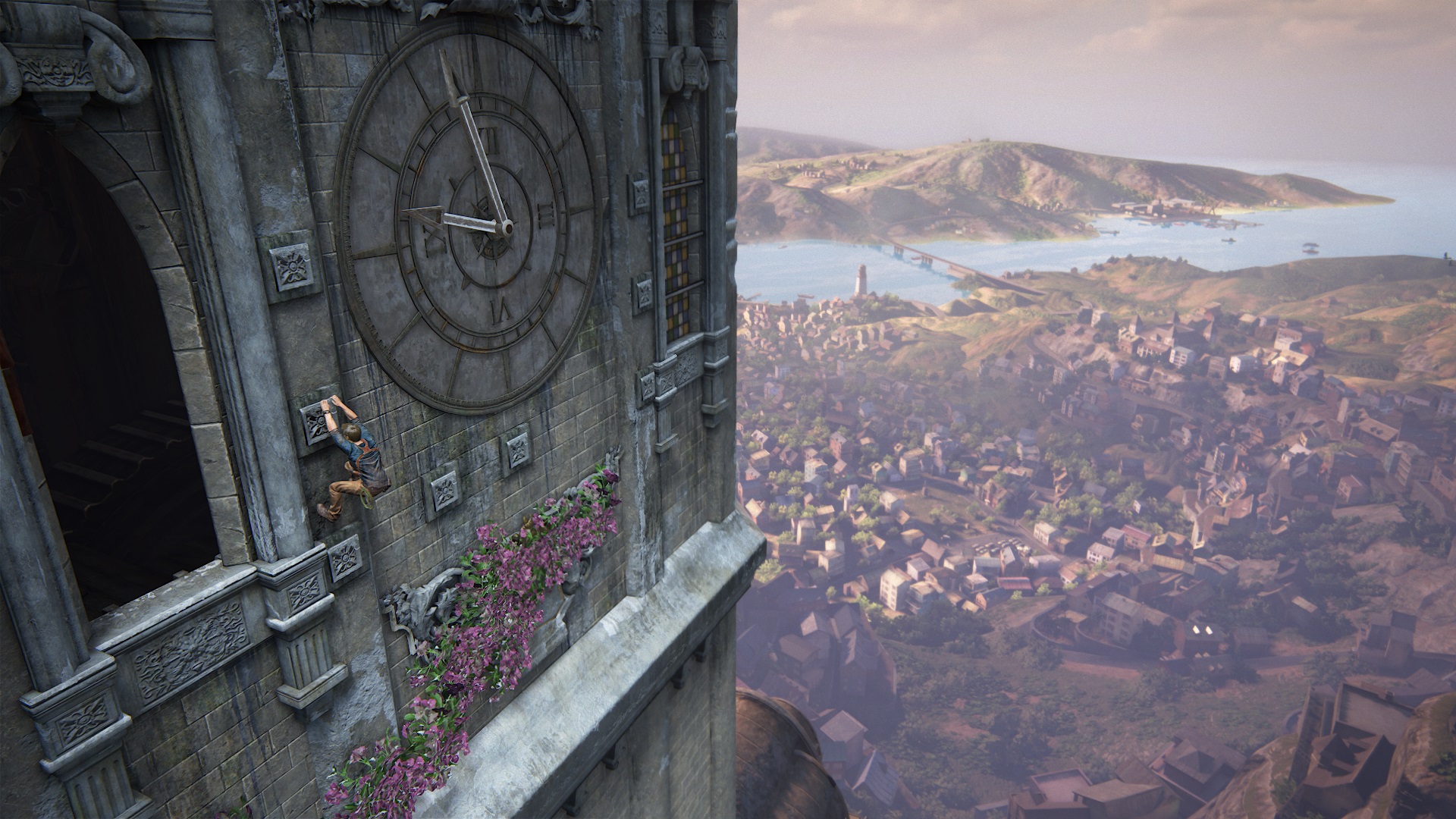
Gameplay
Uncharted games rest on three pillars: exploration, combat and puzzles. Like its predecessors, Uncharted 4 succeeds on every count. You'll take control of Nathan Drake, treasure hunter and world traveler, as he sets out on a globe-spanning search for the lost stash of Henry Avery, a notorious 17th-century pirate. Naturally, this involves a lot of leaping across perilous chasms, doing battle with bloodthirsty mercenaries and unlocking ancient caches.
Each aspect of game play feels refined here, although not so radically different from the three games that came before. There are lots of guns to suit every taste, from AK-47s to pirate flintlock pistols, and the shooting and motion controls both feel tight. Enemies are more cunning than in previous games, and most cover is destructible, so expect to move around frequently to find more defensible vantage points.
Moving more is hardly a bad thing, since you have lots of new options for getting around. Unlike in previous games, just about everything is climbable this time around. Many areas, particularly combat zones, have a variety of both horizontal and vertical paths. Combined with the new rope-and-grappling-hook combination, which allows quick vertical movement or jumps across wide gaps, both battle and exploration can be exhilarating.
Avery hid his treasure well, so Nate will have to solve a variety of puzzles to uncover clues about the loot's location. From aligning religious icons, to channeling sunlight through tiny prisms, to divining a proper order for the zodiac symbols, the puzzles are generally not too taxing, but require a little bit of ingenuity and thought. They're nice for a breather in between some of the more intense action scenes, and will help you feel like you're playing through an Indiana Jones movie rather than a standard third-person shooter.
In terms of new game-play elements, the only major addition aside from the grappling hook is that of controllable vehicles. Uncharted has dabbled with vehicles before, like the jet ski in Drake's Fortune and the train in Among Thieves, but this is the first time that players have been able to take full control of a vehicle in a fully explorable environment. At various points during the game, Nate finds himself behind the wheel of a 4x4 or a boat, traversing dangerous territories, evading enemies and finding his way into hidden paths. Vehicle controls feel responsive, and subtle touches like different handling in wet or muddy terrain help add to the immersion. Mostly, though, the vehicle sections help the world of Uncharted 4 feel very big.
"Big" may, in fact, be the best word to sum up the Uncharted 4 experience compared to that of its predecessors. Everything about the world feels fully realized, and a 15-hour play-through is not inconceivable, particularly for people who want to collect the scads of hidden treasures, journal entries and conversations with allies. (Previous titles all clocked in at around 10 hours.) A variety of subtle changes make Uncharted 4's game play feel both refined and immediately recognizable.
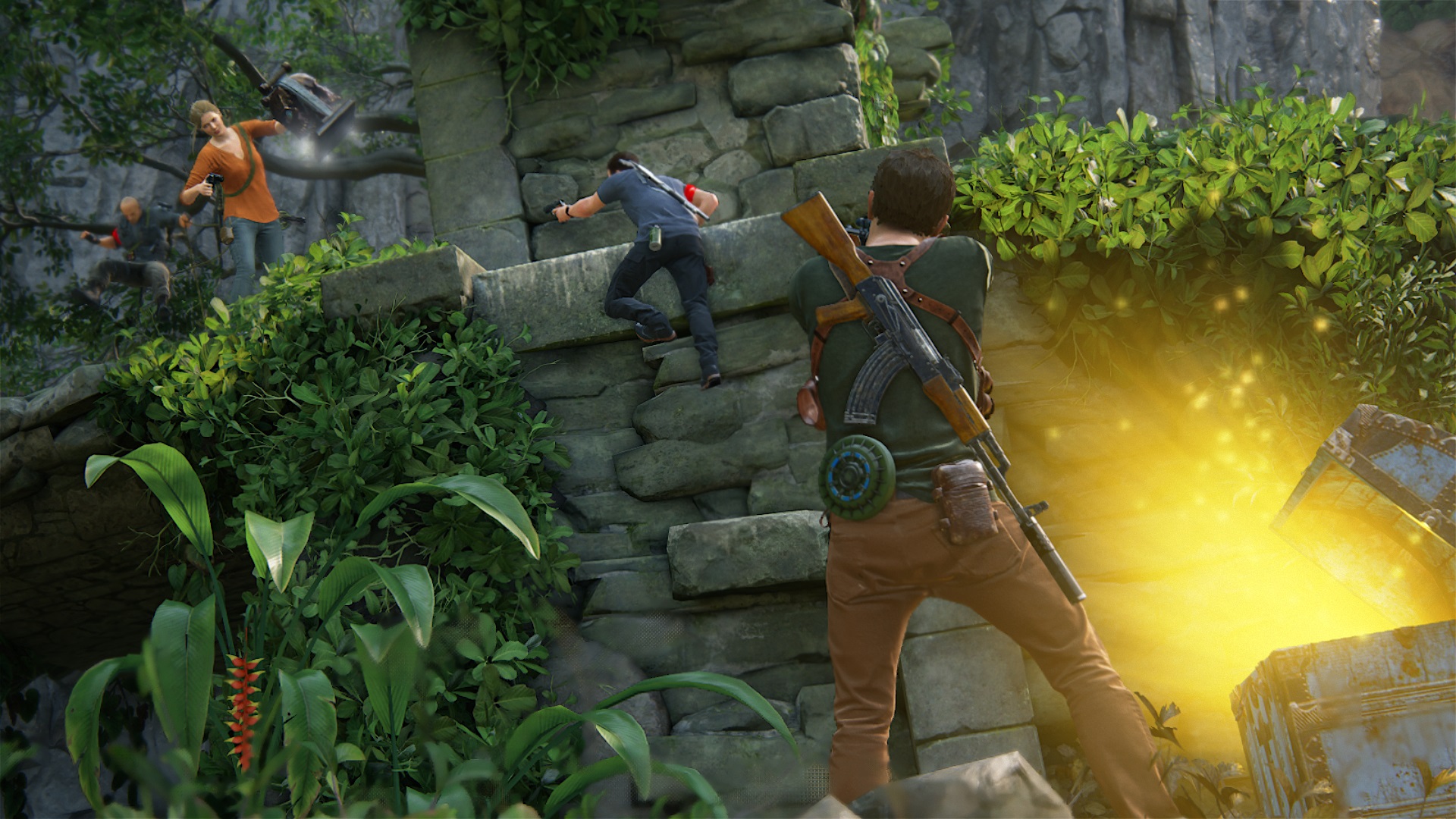
Multiplayer
While it's debatable whether a heavily story-driven series like Uncharted really needs multiplayer, the mode is done well in Uncharted 4. One team of heroes squares off against a team of villains, wherein each team earns points depending on number of kills, items captured or territory defended, depending on the scenario. With about a dozen different maps and a large number of playable characters from all four games, there are plenty of options.
The average match takes 15 minutes. As you gun down foes, revive teammates and collect treasure (as in the single-player mode, you have plenty of platforming and item-hunting to do), you earn money, which you can spend during matches on weapons, upgrades, sidekick characters and even powerful supernatural boosts that can turn the tide of a match. After each match, you get Relic Points, which you can use to unlock new characters and gear. It's fun and channels the spirit of Uncharted, but I'm not convinced it's quite deep enough to become the next competitive phenomenon in the vein of Call of Duty or Halo. At the very least, it doesn't detract anything from the game.
I got a chance to try the multiplayer during a limited window for press reviewers, along with members of the Naughty Dog team. While I had a good time, it's hard to say whether my experience will be indicative of the game when the servers go live and the server strain increases a thousandfold. If the multiplayer experience changes significantly once the game launches, we'll update the review accordingly.
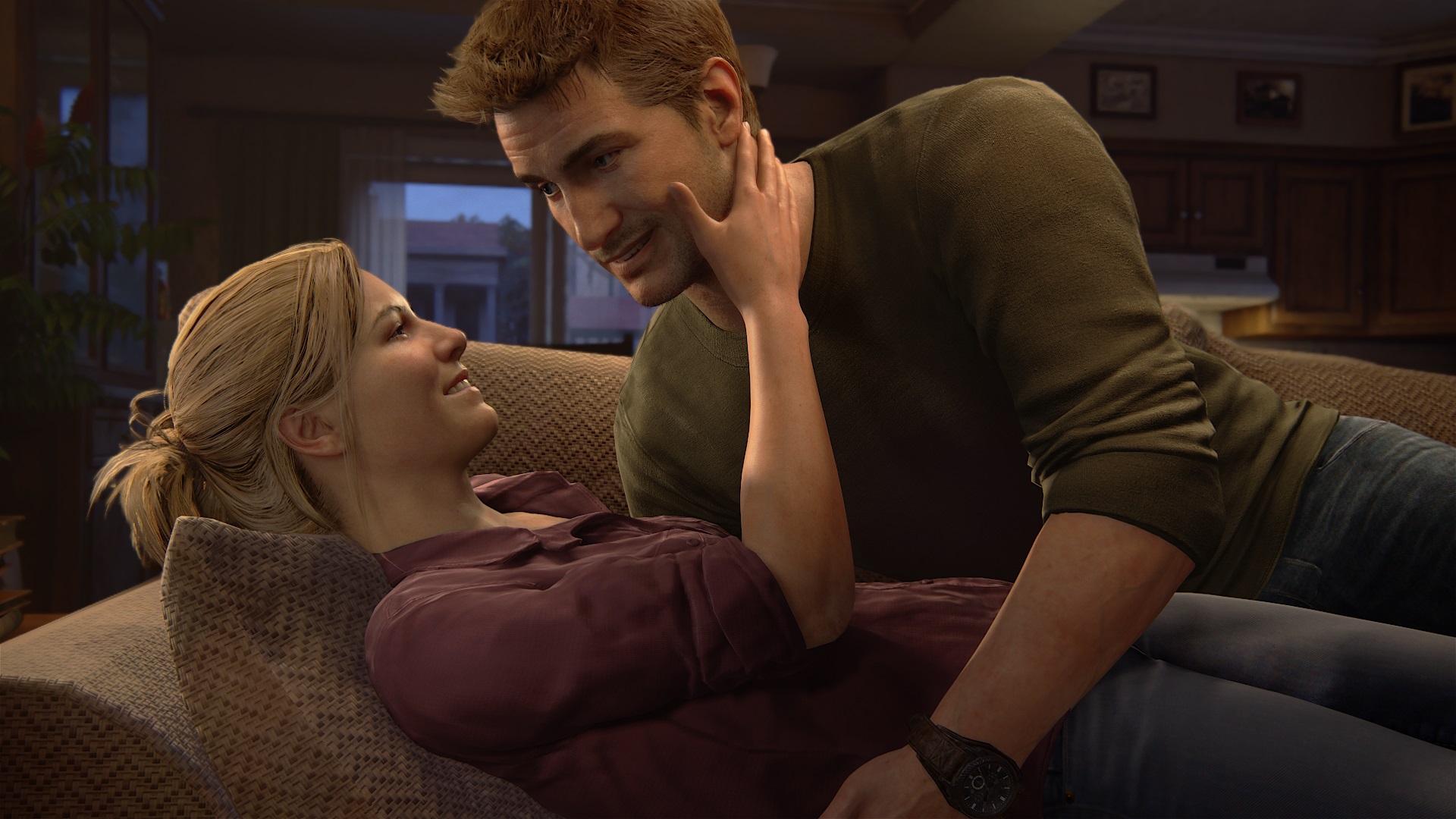
Story
A few years after the events of Uncharted 3, things seem to have settled down for Nathan Drake, who has left a life of adventuring behind for a stable job, a house and a companionate marriage with his no-longer-estranged wife, Elena. What's more, Nate seems genuinely happy with his life. But when a troubled figure from Nate's past emerges, it's once again up to him, Elena and Nate's crotchety mentor, Sully, to seek out a lost city that's presumably packed to the gills with treasure.
One thing that struck me immediately about Uncharted 4 is how much slower, more deliberate and more thoughtful it is than its predecessors. The last three games began with a wisecracking Nathan Drake hot on the trail of his latest adventure. While he and his friends occasionally opined about the mission being "too dangerous," they never seriously considered giving it up.
Uncharted 4, on the other hand, begins with a handful of slow, somber chapters that hammer home just how much Nate has changed over the years. While it would have been the easiest thing in the world to portray him as a man who could never be happy as anything but a fortune seeker, Nate's life of microwaveable dishes, grocery-store beer and video games with his wife really doesn't seem so bad. It's been nine years since Drake's Fortune came out, and Nate has grown up a little during that time. I realized, with some disquietude, that I had, too. So has the rest of the audience that's been with Nate from the beginning.
And so the tone continues to evolve for the rest of the adventure. When Nate and Sully are cruising around Madagascar in a 4x4, reminiscing on past adventures as lemurs scurry at their approach, it feels like all is right in the world. But when Nate confronts those nearest and dearest to him about the dangers, lies, broken promises and irresistible lures of treasure hunting, it's hard to tell which is the "real" Nate — the well-adjusted worker or the irascible adventurer. Uncharted 4 is, in many ways, a more mature game than those that came before it. This title is not mature in the fake ways of sex and violence; those elements are relatively restrained in this game compared to in pop culture in general. Rather, it's mature in the real sense of confronting your own place in a world that doesn't always have your back.
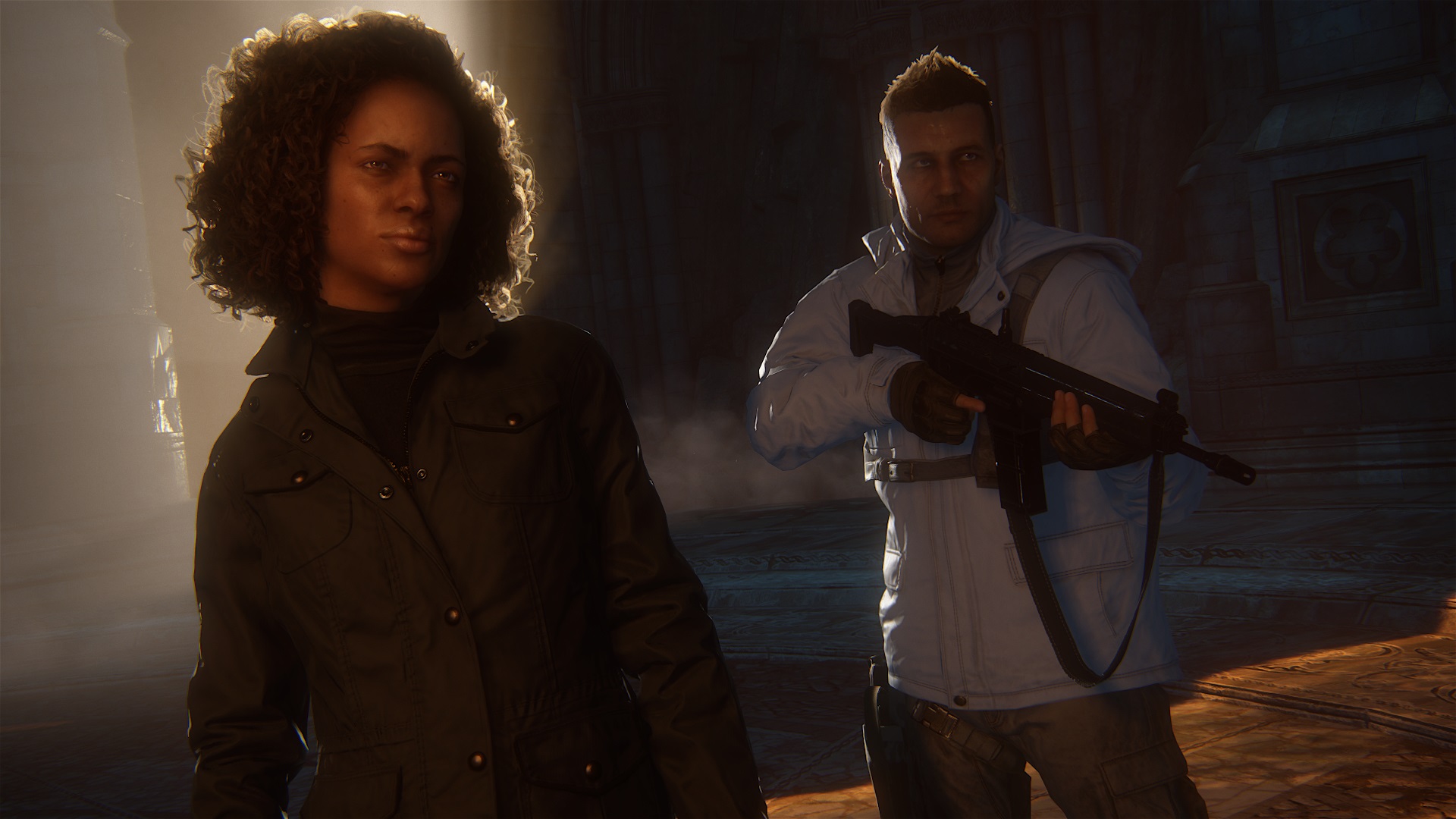
Graphics and Sound
Uncharted continues to lead the pack for motion-capture graphics and voice acting. Each of the main characters is fantastically detailed, and the mo-cap syncs up with the voice acting so well, I was very nearly convinced that I was watching actual people on screen at various points during the game. The environments are also gorgeous, featuring tons of subtle touches, like sigils on rusting armor or fish that scatter at your approach underwater.
The orchestral music complements the stellar voice-acting, helping to give Uncharted 4 a sense of grandeur. From ominous strings as you explore crumbling crypts to pounding drumbeats and horns during intense gun battles, Uncharted 4's music has a filmic quality that perfectly complements the title's classic adventure-film vibe.

Bottom Line
As a longtime series fan, I expected to like Uncharted 4; I was even open to the possibility of loving it. I was sure that I'd join Nathan Drake and friends on a big adventure, learn a few interesting things about history in the process, and come away feeling like the real world was maybe just a tiny bit more mysterious and exciting than I'd been led to believe. All of those things held true.
What I didn't expect was a story that I found genuinely touching and disconcerting, and a handful of smart, subtle game-play improvements that made the overall experience noticeably better at every turn. Uncharted 4 is the best game in the series; as it will also be the last one, I can't think of a better way for the franchise to end. Whether you want high-octane thrills, a satisfying historical mystery or a character study about following your heart — even when your heart wants conflicting things — it's hard to think of a game that does it better than Uncharted 4. "Sic parvis magna."
Marshall Honorof is a senior editor for Tom's Guide, overseeing the site's coverage of gaming hardware and software. He comes from a science writing background, having studied paleomammalogy, biological anthropology, and the history of science and technology. After hours, you can find him practicing taekwondo or doing deep dives on classic sci-fi.

